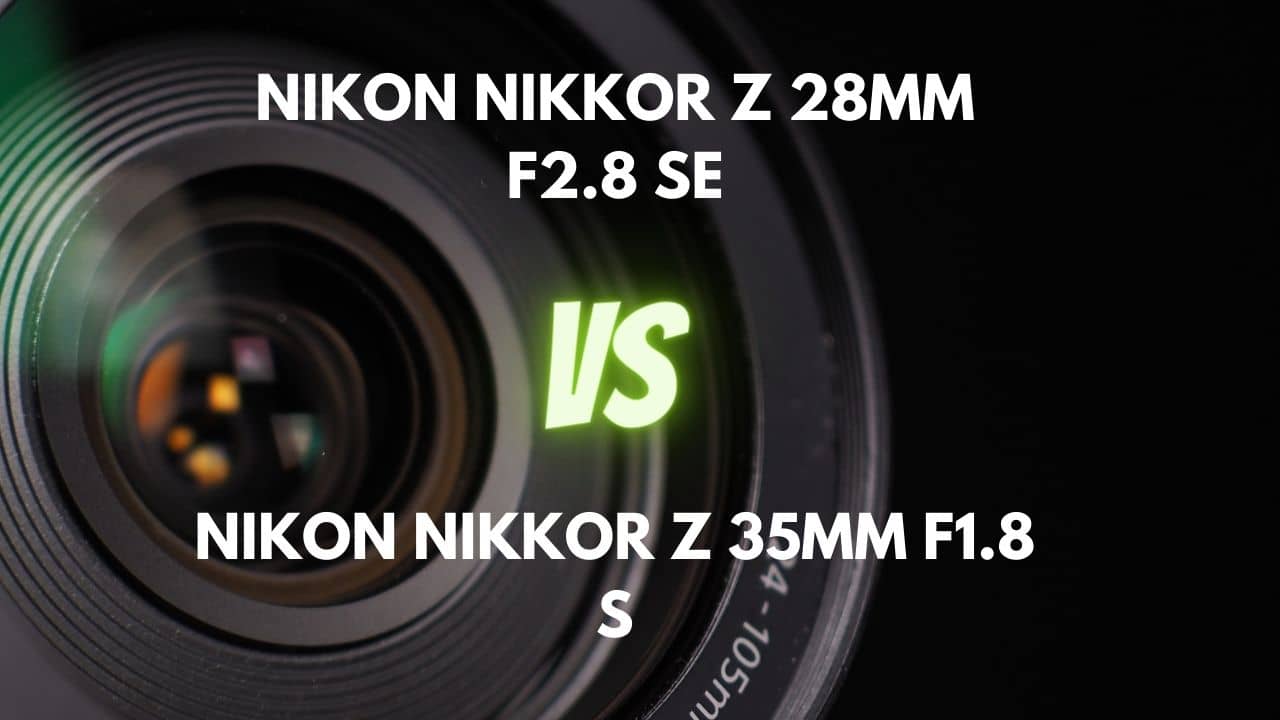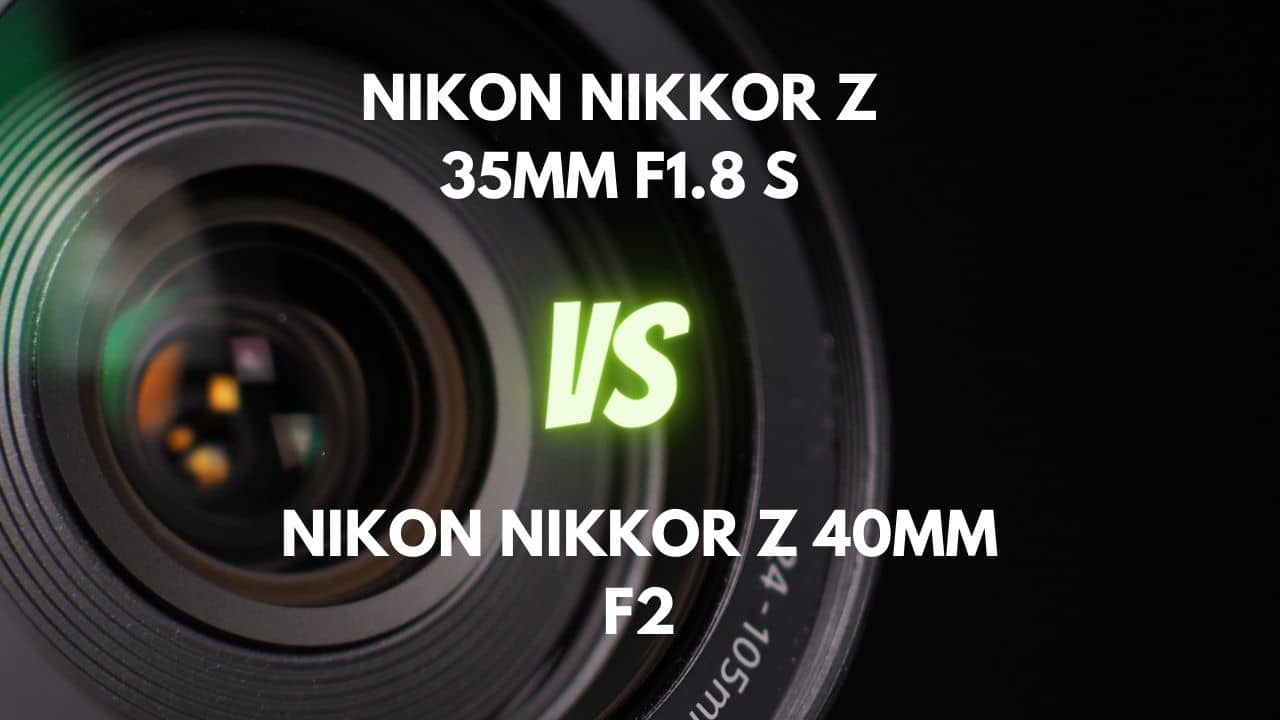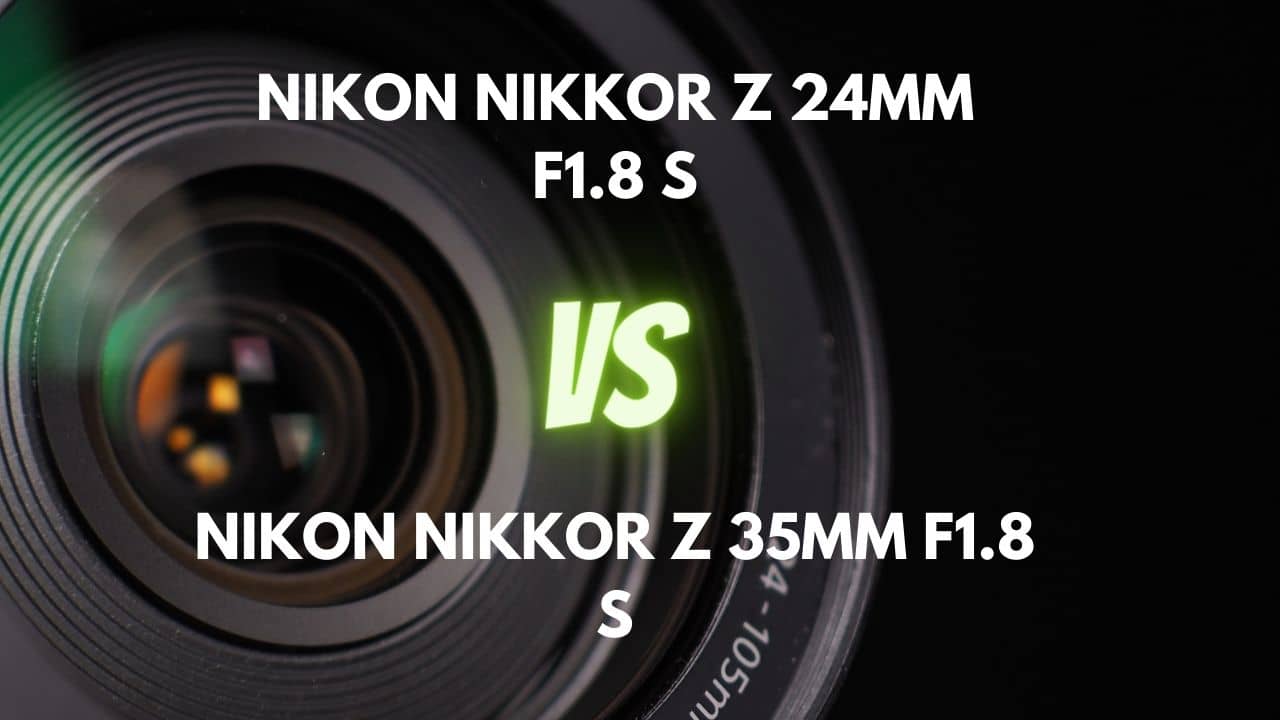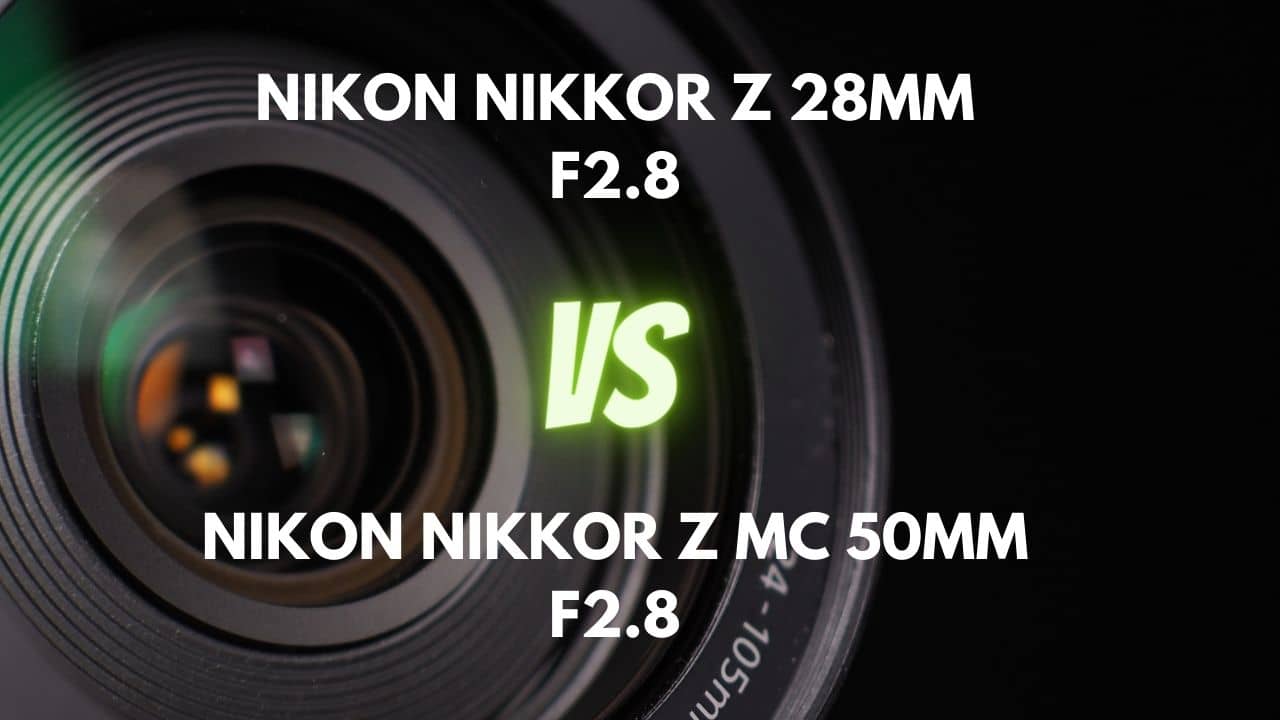Nikon D7500 is undoubtedly the best camera for wildlife photography among Nikon’s D7xxx series of APS-C format DSLRs.
It has a quicker burst shooting speed at 8fps and a bigger buffer at a faster rate for 50 shots, which allows you never to miss a shot when capturing fast-moving subjects like the birds in flight. Its weather-sealed camera body also permits you to photograph confidently in harsh weather conditions.
With an excellent camera in hand, the next step is to get a great lens that can help you approach the animals without scaring them away and take sharp photos with ease.
With that in mind, I will show you 3 best lenses in the market with reasonable price tags.
Let’s begin!
Sigma 150-600mm f/5-6.3 DG OS HSM
The focal length range of 150-600mm provides the maximum shooting flexibility that a wildlife photographer can ever dream of.
With 600mm, you can capture some amazing close-ups of wildlife in action without interfering with their activity. And the incredible zoom range is essential for shooting action at both close and long distances.
In spite of the great advantages of 600mm, 600mm prime lenses are usually insanely expensive and hefty. For instance, the Nikon 600mm f/4G lens weighs 11.2 pounds (5.06 kg) and will cost you over $12,000.
All those elements coming together is what make this D7500 lens a game-changer. What’s more, the equivalent focal length range would be 225-900mm if used on a crop-sensor camera like Nikon D7500.
As a direct competitor to Tamron SP 150-600mm f/5-6.3 Di VC USD G2, Sigma 150-600mm f/5-6.3 DG OS HSM is much lower in price with similar performance. It is the best choice for wildlife and sports photography enthusiasts on a budget.
In addition to its affordable price and unbelievable focal length, it is also compact and lightweight among others. Many wildlife photographers are using it not only for handheld shooting but also for watching animals through the lens. They can hold it with the camera body all the time without feeling considerably tired.
While shooting without the tripod, the image can still be sharp, thanks to its vibration reduction feature. You can press the shutter immediately when you need to, without having to think about how to mount the lens on a tripod.
Besides, you don’t have to worry about the motion blur as long as you set the correct shutter speed. The Hyper Sonic Motor (HSM) inside the lens entails fast, accurate, and silent autofocus, perfectly matching up with D7500’s continuous autofocus. So, you won’t spook your subject because of focusing.
But do keep in mind that your shutter can also make noise. Press the shutter release button only when you must.
The images it produces are impressively sharp. But at the maximum telephoto setting, some color fringing and chromatic aberrations are slightly visible, even if the lens is incorporated with one F Low Dispersion (FLD) and three Special Low Dispersion (SLD) elements.
Apart from this, the build quality is decent. Although it is not totally weather-sealed like its Sports version, it provides enough protection against moderate weather conditions with a seal around its lens mount.
Altogether, this D7500 lens is perfect for budget-conscious enthusiasts and pros who prefer shooting hand-held.
Pros
- Extraordinary telephoto reach
- Great sharpness
- Powerful image stabilization
- Reasonably priced
Cons
- Some chromatic aberrations
- Not fully weatherproof
Nikon AF-S NIKKOR 200-500mm f/5.6E ED VR
Since Sigma and Tamron rolled out their two cost-effective wildlife photography lenses, they have captured a considerable market share.
In order to regain some of the market shares, Nikon launched this 200-500mm f/5.6 lens. It is also specifically designed for beginner and enthusiast wildlife/sports photographers.
Although its price is a bit higher than Sigma 150-600mm, it is surprisingly cheap compared with other Nikon super-telephoto lenses, e.g., the overpriced Nikon 80-400mm f/4.5-5.6G ED VR.
Designed for being mounted on FX cameras, this lens is also compatible with Nikon D7500 with an equivalent field of view of 300-750mm. This focal length is narrower than that of Sigma 150-600mm, but it is adequate for most wildlife scenarios.
Additionally, the Nikkor 200-500mm f/5.6E VR supports teleconverters to extend its reach because of its brighter maximum aperture of f/5.6, while the Sigma 150-600mm f/5-6.3 doesn’t.
Similar to Sigma, this D7500 lens is also ideal for handheld shooting. It features a VR (Vibration Reduction) to reduce camera shake by up to 4.5 shutter speed stops.
Some wildlife photographers claim they can usually capture sharp images hand-held at 1/15 at 500mm.
Apart from VR, the built-in Silent Wave Motor offers fast, precise, and nearly silent autofocus performance along with full-time manual focus override. This is very handy when shooting sports or fast-moving subjects. It also reduces the possible interference with wildlife animals.
Regarding image quality, this 200-500mm lens is super sharp. With the help of three extra-low dispersion glass elements, color fringing and chromatic aberrations are barely seen, and the overall sharpness and contrast of the lens are improved.
Same as Sigma, the lens is not fully weather-sealed like some of the high-end super-telephoto lenses are. But the overall build quality, in my opinion, is a little better than the Sigma counterpart. The rear half of its zoom ring is metal. There are also some metal elements beneath the plastic exterior.
Overall, it would be a better choice if you wanted to pay a few extra hundred dollars for a first-party lens.
Pros
- Fixed f/5.6 maximum aperture
- Vibration reduction with sports mode
- Sharp optics
Cons
- Less telephoto reach
Sigma 500mm F4 DG OS HSM

Unlike the previous two lenses, this D7500 lens has a fixed focal length. In other words, it is a prime lens for wildlife photography.
You might be wondering what a prime lens means for wildlife photography.
Prime lenses have the following advantages over zoom lenses when it comes to wildlife photography:
- Usually come with larger apertures
- Large aperture lenses focus faster than smaller aperture lenses
- Create more blurry backgrounds
- More compatible with the teleconverter
- Usually built with better quality
But the drawbacks are:
- Usually are pricy
- Usually are bulky
- Limited compositional flexibility
Having said all of the above, as a wildlife photographer progresses from beginner to a more advanced level, a prime lens is essential.
Let’s take Sigma 500mm f/4 as an example.
Many wildlife animals are primarily active at dawn and dusk, so wildlife photographers often work in low-light conditions if they demand more high-quality photos.
As a result, Sigma 500mm f/4 lens is ideal for productive wildlife photographers. The maximum aperture of f/4 allows more light comes into the camera, making autofocus easier and faster.
Furthermore, f/4 at 500mm is extremely powerful for isolating the subject from the distractive background and rendering beautiful bokeh.
And 500mm is enough for most scenarios, especially for Nikon D7500, on which the equivalent field of view is 750mm. If 750mm is a bit overkill for your use case, a higher-end Nikon 400mm F2.8G ED VR is a great alternative.
But personally, I still prefer Simga mostly because it is budget-friendly. Its rival Nikon 500mm f/4E FL ED VR almost double the price.
Third-party lenses are usually cheaper mainly because of their downgraded build quality. But that is not the case for this lens.
This 500mm lens is the flagship of its Sportsline.
The overall build quality is fantastic. It feels quite solid with the lightweight yet strong magnesium alloy.
In addition to the rubber sealing at the mount, the lens has O-rings and seals at switches, rings, and other necessary parts.
What’s more, a water and oil-repellent coating is covered on the front and rear elements.
This fully weather-sealed construction can withstand temperature extremes and dust. It stops raindrops from entering the lens and allows you to shoot in the rain for short periods.
As a prime lens, it can produce higher-quality images than the aforementioned zoom lenses. It is also equipped with OS (Optical Stabilizer) and HSM (Hyper Sonic Motor). Although a little heavier, you can shoot handheld; just don’t take long.
In a word, it is a must-have for wildlife photographers who want to take their image quality to the next level.
Pros
- Outstanding build quality
- Contant large f/4 aperture
- Faster autofocusing
Cons
- Expensive
Lens Comparision Chart
Sigma 150-600mm F5-6.3 | Nikon 200-500mm F5.6E | Sigma 500mm F4 | |
Filter diameter (mm) | 95 | 95 | 46 |
Stabilization | Yes | Yes | Yes |
AF Motor | HSM | SWM | HSM |
Rotating front element | No | No | No |
Tripod mount | Yes | Yes | Yes |
Full-Time manual focus | Yes | Yes | Yes |
Diaphragm blades | 9 | 9 | 9 |
Length (mm) | 260.1 | 267 | 380.3 |
Weight (gr) | 1930 | 2300 | 3310 |








